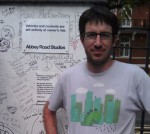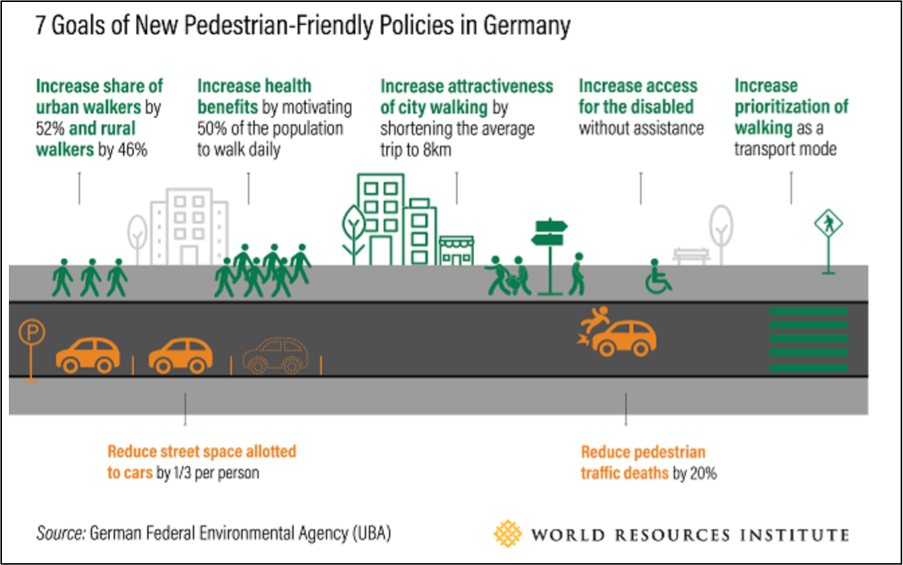Germany to Improve Cities’ Walkability
All the city news you can use.
Want more links to read? Visit The Overhead Wire and signup. Every day at The Overhead Wire we sort through over 1,500 news items about cities and share the best ones with our email list. At the end of the week, we take some of the most popular stories and share them with Urban Milwaukee readers. They are national (or international) links, sometimes entertaining and sometimes absurd, but hopefully useful.
Lessons from Germany’s New Pedestrian Plan: Following the blueprint of its successful National Cycling Plan, Germany’s Federal Environment Agency and the German Institute for Urban Affairs launched a 55-page policy framework that lays the groundwork for a national walking plan. It offers seven targets and strategies to make streets friendlier to pedestrians. One of the proposed goals is increasing the share of people walking from 27% to 41% in urban areas while cutting pedestrian traffic deaths 20% by 2030. The plan touts slower speed limits, new design standards, and better lighting to achieve this. (Claudia Adriazola-Steil & Alejandro Schwedhelm | The City Fix)
3 Ways to Make Cities More Walkable: While Germany adopts a National Walking Plan, the US lags with its cars-first, pedestrians-later planning approach. The “Avoid, Shift, Improve,” or ASI, model from the Germany’s plan may be a way to remedy that. “Avoid” refers to policies designed to reduce the necessity of long trips usually taken by car, “Shift” encourages use of non-motorized and public transport, and “Improve” reduces car size and considers using alternative fuels. Hopefully, this holistic framework can be applied to the US to achieve its pedestrian safety goals. (Kea Wilson | Streetsblog USA)
3 Ways to Create Behavioral Change in Cities: A new report from Meeting of the Minds identifies effective relationships, parallel strategies, and communication with target audience for systemic behavioral change in cities. The first item, relationships, is straightforward: cities must built relationships with communities and seriously consider their input to tackle complex urban challenges. Parallel strategies refers to implementing various strategies, like policy reform, film screenings, and public training sessions, to get the public to unite under a common goal. Lastly, communication must be accessible and personable to the public, and cities should leverage social media and other vehicles for public outreach. (Chris Teale | Smart Cities Dive)
Quote of the Week
While these initiatives may have a place, they often focus on the public realm at the expense of the smaller spaces of people’s lives. They also do not reflect how safety, or a lack of safety, is understood by different groups of city dwellers. There is no neat match between what crime statistics might say about the safety of an area and how people actually feel fear and safety in that area.
–Claire Edwards discussing in Fast Company how we can’t design crime away from cities.
This week on the podcast, University of Sydney Professor David Levinson joins the show from the Transportation Research Board to talk about access, pricing, and growing cities.
Want more links to read? Visit The Overhead Wire and signup. (http://dtrnsfr.us/2iA8Yas)
Urban Reads
-
How Traffic Noise Impacts Children’s Brains
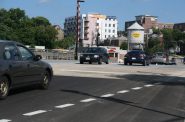 Jul 1st, 2024 by Jeff Wood
Jul 1st, 2024 by Jeff Wood
-
Number of Super Commuters is Rising
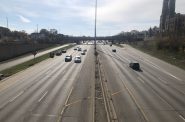 Jun 22nd, 2024 by Jeff Wood
Jun 22nd, 2024 by Jeff Wood
-
Why Has the Walkable City Been Villainized?
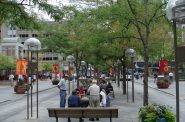 Jun 9th, 2024 by Jeff Wood
Jun 9th, 2024 by Jeff Wood

